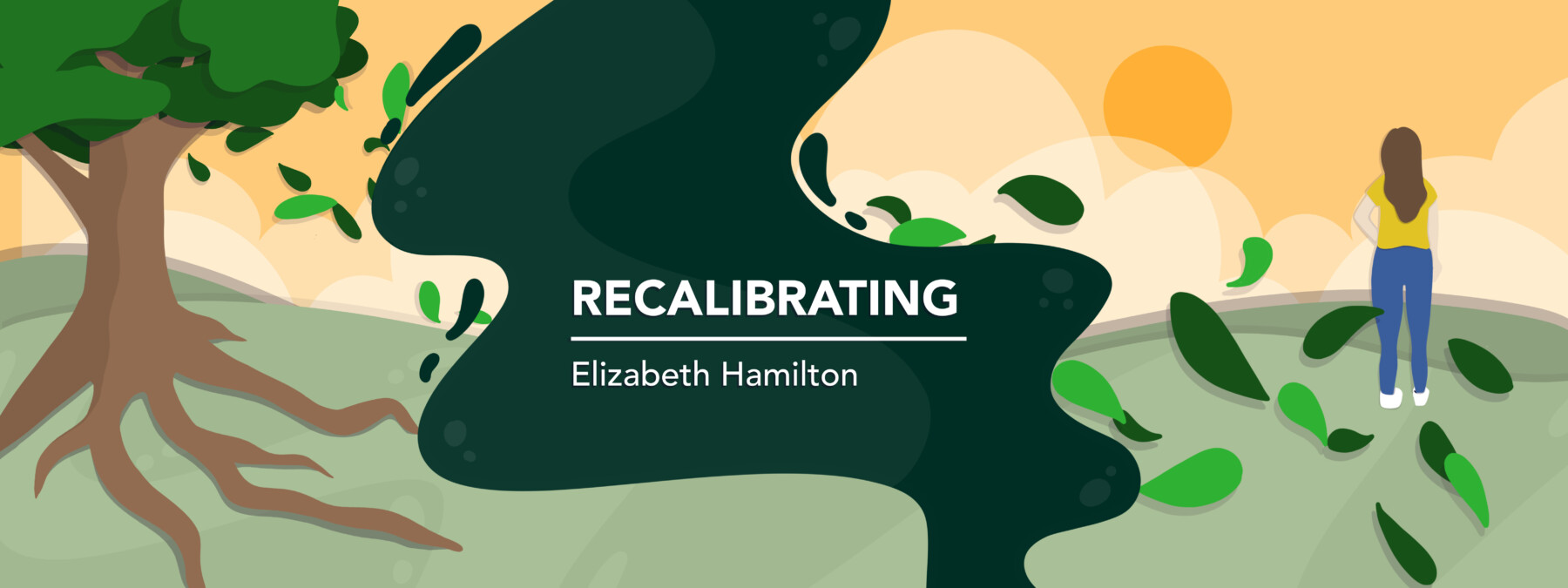Rare Disease Day in a leap year keeps focus on the rarest of the rare
The progress of our unique journeys can bolster those who come after us

Though I love to travel, I sometimes struggle with maps. I often need clear clues and landmarks to prevent my brain from going to mush.
I benefit from talking through the directions with a traveling companion. I stare at the “You are here” diagrams found at various destinations and need to look around to make sure I’m truly taking us in the right direction.
Though there’s usually something to gain in life by wandering around a little lost, when dealing with our daughter’s mobility struggles and fatigue from Friedreich’s ataxia (FA), efficacy is something we treasure.
I often look at the rare disease community and long for clearer maps and travel guides for us all, something to lay out the path efficiently from naming the disease to fighting it effectively, both in a clinical setting and in our daily lives.
Grateful for an FA diagnosis?
People often tilt their heads with confusion when I describe how grateful I felt when our daughter was diagnosed with FA. After years of testing and being told it was most likely an ultrarare disease, I know the scary feeling of staring at the empty slate of a no-name disorder. No diagnosis means no community or natural history study, no understanding of what’s to come as the disease progresses, and no current path to treatment. Instead, that last test opened the doors to a welcoming FA community, a research and advocacy organization with incredible leadership, and a spot on the map.
We landed further along in the treatment journey than where most people with rare diseases find themselves, thanks to decades of intentional work and understanding in the FA community. Our journey changed with that realization. But I can’t forget the six months during which we’d given up on receiving a diagnosis and simply used the language “ultrarare.”
Rare Disease Day 2024, a day to celebrate our community and build awareness, takes place on a leap day. As one of my friends excitedly explained to me, it’s a day to highlight the ultrarare, a label also given to her child. Though I struggled to find a great definition of ultrarare disease, it’s generally seen as being part of a community of fewer than 1 in 50,000 births. With some of the paths I’ve crossed, it’s meant a disease that affects only 20 people globally.
This small number creates a community of people who may never get the opportunity to have a strong research or advocacy group for their specific disease because of their population size. These groups deserve special attention. I’ve spoken with parents and caregivers of those with ultrarare diseases who not only are facing the challenge of caring for their loved ones, but also are thinking through how to start a natural history study, create an advocacy group, or even have their “newer” disease listed on the National Organization for Rare Disorders website. It’s humbling to watch.
I’ve learned so much from other members of the rare disease community. As I pop into other columns by patients or caregivers who are facing conditions I’ve never heard of, I gain new insight and grow. It’s incredible how different yet similar we all are.
Building a map for us all
My hope for this year’s Rare Disease Day is that we not only highlight the realities of our own diseases, but also create understanding for others in the ultrarare disease community. I wish for the path we’ve taken and the processes we’ve followed to create our own natural history studies to be not only well documented, but also shared. We pass on the lessons learned from creating outcome measurements for disease-modifying therapies, as well as the successes and failures of clinical trials, for those who have not yet begun this journey.
Reaching through the silos, may we share resources and knowledge as much as we can. And when we do find effective treatments or cures for our diseases, may we run back with the map and find those still behind in the journey to provide support, direction, and a voice of encouragement. We’ll always be stronger when we work together.
This column is dedicated to my friends with incredibly rare kiddos. You know who you are, and you inspire me.
Note: Friedreich’s Ataxia News is strictly a news and information website about the disease. It does not provide medical advice, diagnosis, or treatment. This content is not intended to be a substitute for professional medical advice, diagnosis, or treatment. Always seek the advice of your physician or another qualified health provider with any questions you may have regarding a medical condition. Never disregard professional medical advice or delay in seeking it because of something you have read on this website. The opinions expressed in this column are not those of Friedreich’s Ataxia News or its parent company, Bionews, and are intended to spark discussion about issues pertaining to Friedreich’s ataxia.








Leave a comment
Fill in the required fields to post. Your email address will not be published.